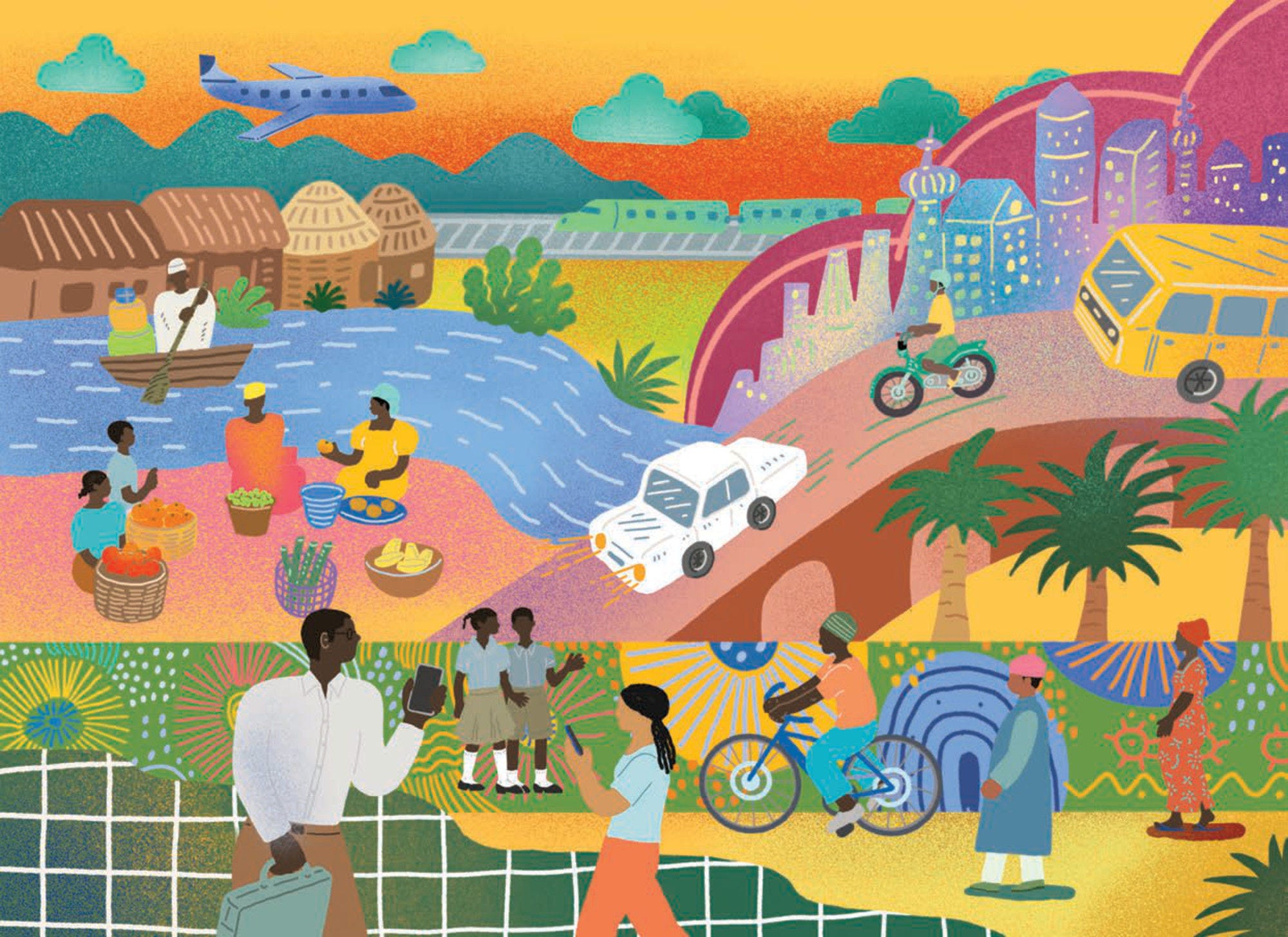Urbanisation and development
Africa’s cities are the most rapidly growing cities in the world; they are the youngest and they are changing fast. Their impact on Africa’s economic, social and political evolution/development in the coming decades is likely to be profound. Urbanisation, therefore, presents immense opportunities to accelerate progress towards the 2030 and 2063 development agendas. The OECD provides unique data and relevant policy analysis on this vital issue, from the Africapolis database to its forward-looking report series, Africa's Urbanisation Dynamics.

Key messages
The urban share in Africa has risen from 31% in 1990 to 54% in 2020. In the same period, the number of cities has grown from 3 290 to 8 999. National development agendas need to acknowledge the important role of cities in promoting economic development, boosting resilience and addressing climate change and future sustainability challenges.
Approximately 30% of Africa’s per capita GDP growth in the last 20 years has been due to urbanisation. Even small cities outperform rural areas in almost all measurable dimensions, including wages, skilled employment, education levels, and access to services and infrastructure.
From 2015 to 2020 Africa’s urban population grew by 6.1% per year, but its urban agglomerations expanded at a rate of 10.1% per year. Planning for densification and expansion can help cities prepare for climate adaptation and mitigation, lower the cost of providing infrastructure, and reduce congestion, spatial segregation, and construction in high-risk areas.
Proper governance and financing of cities is a critical part of successful urbanisation. Done well, it can bring better services and infrastructure, removing bottlenecks that can slow growth. National governments have a key role to play, bringing adaptability and a long-term vision to the challenge of managing urban areas.
As economic and governance hubs, destinations for migrations, and market centers, cities are gateways to other countries and regions. By bringing together a diverse range of stakeholders, they can help countries overcome the obstacles that impede the flow of goods, services, capital, people, and ideas.
Context
African urbanisation 1950 - 2020
The chart shows that urban growth has been taking place across cities of all sizes for at least the last seven decades, with the largest cities capturing the greatest gains in population. As new cities emerge through in-situ urbanisation, the count of cities continues to increase, even as many smaller cities are absorbed into emerging mega-agglomerations.
The benefits of urbanisation
This infographic is based on survey microdata from over 4 million individuals and firms in 32 African countries. This unique dataset shows the economic importance of Africa’s cities and highlights a major spillover - that rural areas close to cities perform better than remote rural areas. Since 1990, Africa’s cities grew by 500 million people while maintaining good economic performance.

Emergence of regional clusters
Rapid urban growth is decreasing distances between agglomerations, leading to the formation of city clusters in densely populated areas across the continent. Clusters can create economic ecosystems that are much larger than that of any individual city. They represent a new opportunity for economic development. In many cases, such as the example of West Africa shown here, city clusters cross several borders. Cross-border clusters can play a key role in establishing integrated regional economies, particularly when governments act to coordinate the provision of infrastructure to connect the agglomerations.









